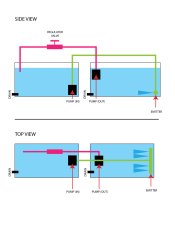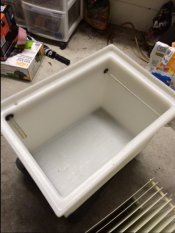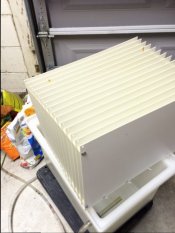clineco
Member
- Joined
- Sep 7, 2011
- Messages
- 34
- Format
- Medium Format
Hi All -
I'm on a shoe string budget for a print washer and have most of the items laying around the garage. I'm pretty new to fiber base printing and wanted to get some pro feedback on my washer before I attempt to build it. Attached is the diagram of what I'm thinking. Basically it would run off 2 small aquarium pumps (purchased here: http://www.harborfreight.com/158-gph-miniature-submersible-fountain-pump-68396.html) The rest of the fixings would be build from pvc or dripline. In the end it should cost me about $30. I'd love to hear critiques as I know nearly nothing about this sort of thing.
I'm on a shoe string budget for a print washer and have most of the items laying around the garage. I'm pretty new to fiber base printing and wanted to get some pro feedback on my washer before I attempt to build it. Attached is the diagram of what I'm thinking. Basically it would run off 2 small aquarium pumps (purchased here: http://www.harborfreight.com/158-gph-miniature-submersible-fountain-pump-68396.html) The rest of the fixings would be build from pvc or dripline. In the end it should cost me about $30. I'd love to hear critiques as I know nearly nothing about this sort of thing.

















